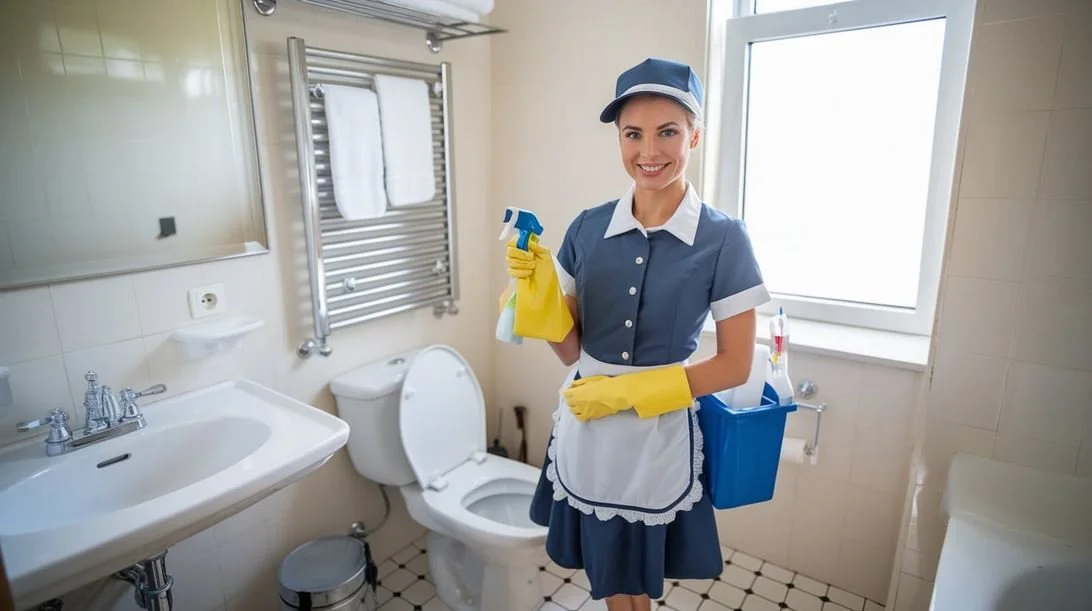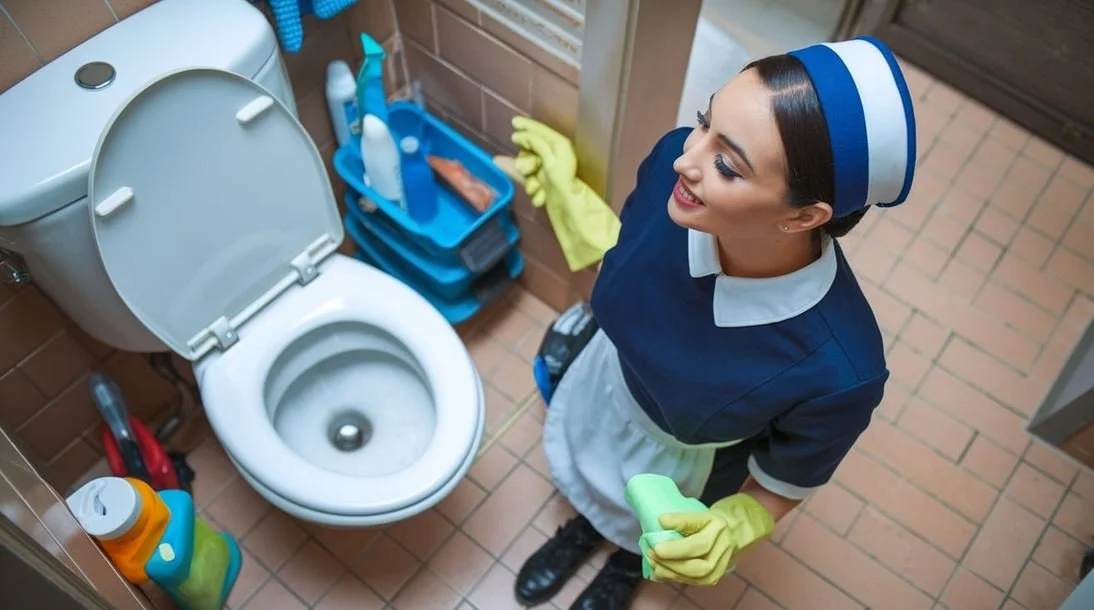Leaving Toilet For 6 Months? (Do This Before You Go)
Planning a long trip or leaving your place empty for a while?
While you're busy making sure everything’s set before you go, there’s one spot that often gets overlooked—the toilet. Yep, it might seem like a minor detail, but ignoring it could lead to some pretty gross problems down the road.
Before you close the door for the last time, it's worth spending a few minutes making sure your toilet is ready for the long break ahead.
In this post, I’ll show you how to prepare if you’re leaving the toilet for 6 months.
Step 1: Check For Leaks
First things first, we need to make sure your toilet isn't leaking.
Take a good look at where the toilet meets the floor. See any water? How about damp spots or weird discoloration?
Also Read: CLR alternatives
Don't forget to check out the tank too. Look for any cracks, even tiny ones. Pay extra attention to where the tank connects to the bowl - that's a common spot for leaks.
Oh, and don't forget about all those pipes and hoses.
If you spot anything off, no matter how small, you've got to fix it before moving on.
A little leak can turn into a big problem over six months.
Step 2: Clean And Disinfect Everything
Now that we know there are no leaks, it's cleaning time!
Grab some rubber gloves and let's get to work.
Start with the bowl - use a toilet brush and a good toilet cleaner. Don't skimp on the rim and under the lip - that's where the gross stuff likes to hide. Scrub it well!
Once the bowl's sparkling, move on to the outside.
Wipe down the tank, lid, and base with a disinfectant. Don't forget the flush handle - we touch that a lot, so it can get pretty germy. If you've got a seat cover, take it off and clean both sides.
Finally, give the floor around the toilet a good mop and wipe down any nearby surfaces.
Also Read: Is it illegal to dump mop water outside?
Step 3: Shut Off The Water Supply
Next, you need to turn off the water to your toilet.
Look for a valve near the bottom of your toilet tank, coming out of the wall. It usually has a handle that looks like a little football or a lever. Turn it clockwise until it stops.
After you've turned it, let's make sure it worked.
Flush the toilet and watch the tank. If the water's off, the tank shouldn't refill.
Still see water coming in? Double-check that you turned the valve all the way. Sometimes, especially in older houses, these valves can be a bit finicky.
If it's not working right, you might need to turn off the main water supply to your house or think about replacing the valve before you leave.
Step 4: Flush And Empty The Toilet
Now that the water's off, we need to get all the water out before leaving toilet for 6 months.
Start by flushing and hold down the handle until you've drained as much as you can from the tank. You might need to do this a few times.
Once it seems empty, take off the lid and peek inside. Still see water?
No worries - grab a sponge or some old towels and soak it up, wringing it out into a bucket.
Next up, the bowl. Most of the water should be gone after flushing, but there's usually a bit left.
You can use a plunger to push it down the drain. If you don't have one or don't want to use it, just use a big sponge or towels to soak up the water, again wringing it out into a bucket.
Getting your toilet as dry as possible helps prevent mineral buildup, stains, and funky smells that can happen when water sits around for a long time.
Also Read: Move Out Cleaning In Saint Paul
Step 5: Add Some Antifreeze
Next, pour about a cup of antifreeze into the toilet bowl and another cup into the empty tank.
This does two things:
It keeps any leftover water from freezing and cracking your toilet or pipes, and it helps keep a seal in your toilet's trap, which stops stinky sewer gasses from getting into your house.
The antifreeze also helps keep any remaining moisture from completely drying up, which is good for all the seals and gaskets in your toilet.
But make sure you use the right kind! Marine antifreeze or RV antifreeze are ok.
They're safe for plumbing and won't hurt anything. Whatever you do, don't use the stuff for cars!
Step 6: Seal The Toilet
Next up, you’ll want to cover your toilet. Sealing it will help keep the water from evaporating, stop any pests from getting in, and trap any potential odors until you get back after 6 months.
Grab some plastic wrap (make sure it's strong and durable) and completely cover the bowl.
Pull it tight so it sticks well to the rim.
Oh and make sure it's tight and secure around the edges - some tape can help.
Step 7: Consider Long-Term Maintenance
You've done a great job so far, but if you want to go the extra mile, think about some long-term maintenance.
If you can, ask a friend, family member, or a neighbor to check on your place every now and then.
Ideally, they'd come by once a month. They could take off the seals, add some water, and flush the toilet to keep everything from drying out completely. They should also keep an eye out for any leaks or other issues that might pop up.
If you can't get someone to check on your place, don't stress - everything you've done so far should be enough in most cases.

